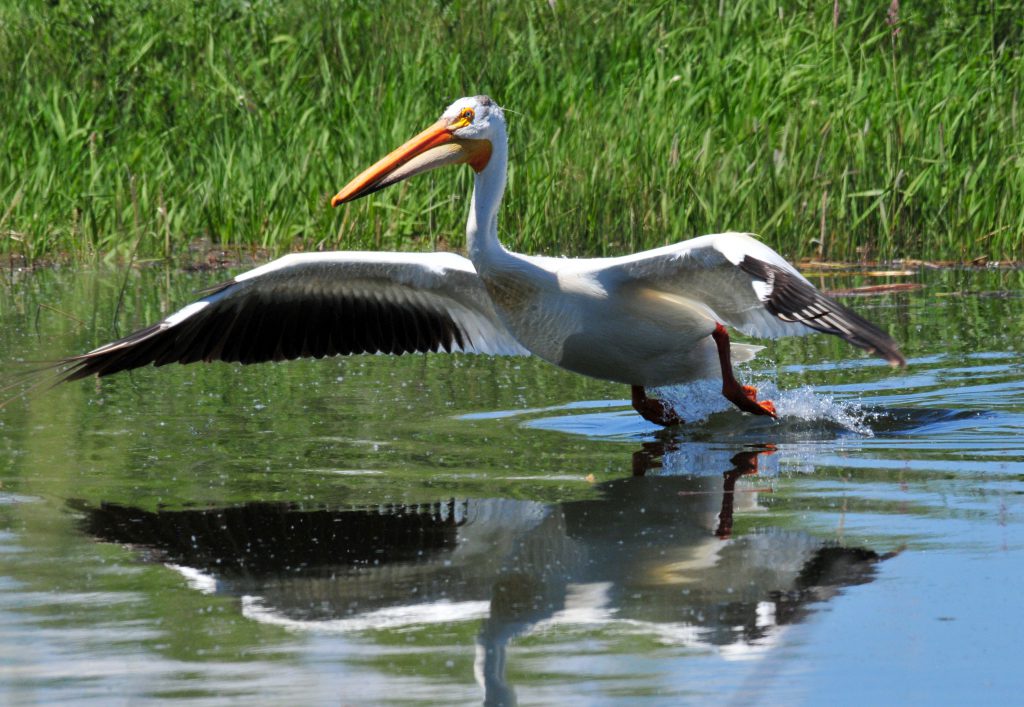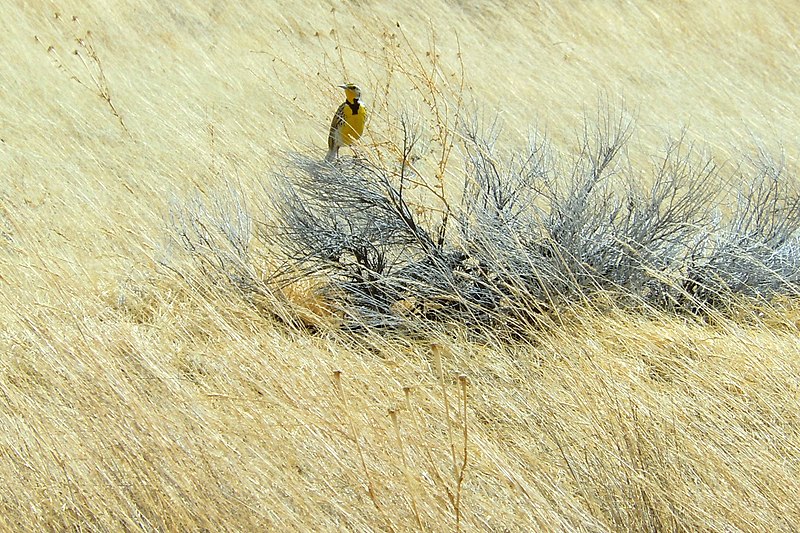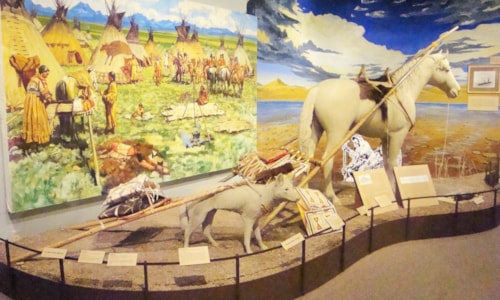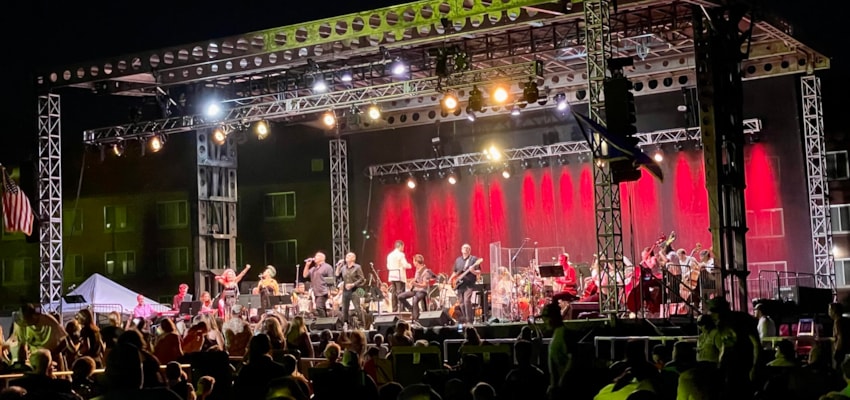These are a few of my favorite birds
After last week’s post about birding in Southwest Montana, I’ve spent most of the week thinking about my own favorite birds. Like I said last week, nearly three hundred species of birds pass through Montana, and there’s no way I could begin to talk about them all. What follows is little more than the impressions of someone who is far from expert. Think of this list as an invitation to create your own list of your favorite Southwest Montana birds.
Sandhill Cranes

My parents have hired a high schooler to do odd jobs around the farm during the summer, and his rule is, if there is a sandhill crane in the field, then he’s not going into it. Sorry, but if there are odd jobs that need done in that particular field, you’re going to have to find someone else. I suppose this is a pretty fair response. Sandhill cranes aren’t known for being especially scary birds, but if you’re walking through a field and suddenly you see a four foot tall bird unfurling seven feet of wings and ggrrawllking in surprise, you do start to question if dinosaurs really are extinct. With their red heads, their elegant stature, and the r-rolling call, there is something thoroughly exotic about these staples of Southwest Montana river bottoms. And, if you ever get a chance to see them dance, I guarantee you will stand enthralled.
Yellow-head Blackbirds

Despite their scientific name, Xanthocephalus xanthocephalus, which literally means “yellow head yellow head,” the most striking thing about a yellow-headed blackbird is their song. It may not be the most melodious of calls, but it is among the most memorable. It’s been described as, among other things, “a wheezing mule […] Or someone pulling a squeaky red wagon piled with rocks.” I have no doubt that the birds are communicating sophisticated concepts of their own with these calls, but for me, the song of a yellow-head blackbird instantly transports me to the cattail choked bank of a creek at early morning, or nearing dusk.
Pelicans

You’re floating on the Jefferson on a lazy afternoon. The sweet smell of cottonwoods drift across the water. Overhead, a dozen angular shapes drift in perfect formation. Pelicans. I’m not an ornithologist, but I’m convinced that pelicans circle in formation just for fun. Or possibly to show off. They swoop and turn in a synchronized dance across the sky. They drift in a freewheeling precision, at once languid and exact. Watching a flock of pelicans is like watching the aerial acrobatics of the Blue Angles in super slow motion. Oh, and their bill is also a fish-holding basket. That’s pretty extraordinary.
I’ve realized that so far my list has leaned toward the water-based. It’s almost as if riparian zones are my favorite ecological system. So, with sincerest apologies to Great Blue Herons, Ospreys, Mallards, and Trumpeter Swans, I’m going to round off the list with two of the most iconic mountain prairie birds:
Western Bluebirds

There are few delights more exquisite than glimpsing of a flash of blue that says you’ve spotted a Western Bluebird. Since they are only around six inches tall, a flash of blue is all you will see unless you are really looking. Or, if you are particularly lucky, you might catch sight of one perched on a barbed wire fence (in my head they perch exclusively on fences, but I’m sure this isn’t true). Montana is home to Mountain and Eastern bluebirds as well, but the Western bluebird with it’s chestnut chest is by far my favorite.
Western Meadowlarks

I’ve noticed that a lot of my favorite birds have distinctive-but-not-beautiful calls (and considering that other favorites include magpies and crows, I think that might be a trend for me). Bucking the trend, I’m going to finish the list with what I feel safe in calling the quintessence of Montana songbirds–the Western Meadowlark. With a peppered buff-and-brown back, and a bright yellow chest, there is something distinctly western and prairie-like in the beauty of the western meadowlark. And the song, you guys, the song of the Western Meadowlark. Is that anything that better evokes the landscape of Montana?











